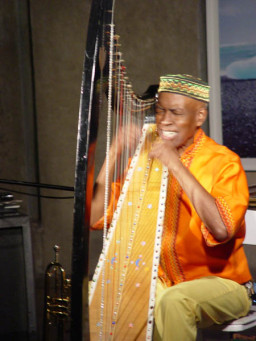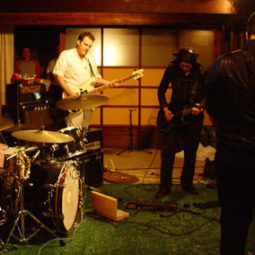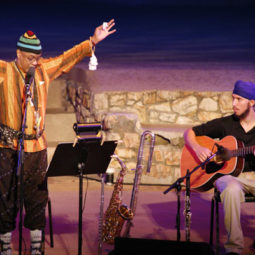Kelan Phil Cohran is best known for playing trumpet in the Sun Ra Arkestra in Chicago from 1959 to 1961, and for his involvement in the foundation of the Association for the Advancement of Creative Musicians (AACM).
Cohran was born in Oxford, Mississippi, on May 8, 1927. When he was about nine, he moved with his family to Missouri. There, his father became a cook in a restaurant in Troy, while the rest of the family stayed in St. Louis. Cohran played trumpet in bands led by Jay McShann in the early 1950s, and then in a U.S. Navy band.
He was introduced to the Sun Ra Arkestra by John Gilmore in 1959. He appeared on the albums Fate In A Pleasant Mood and Angels and Demons at Play among others. He played mostly trumpet and sometimes stringed instruments such as the zither.
When the Arkestra moved from Chicago in 1961, Cohran declined to accompany them. In 1965 he took part in the founding of the Association for the Advancement of Creative Musicians (AACM). He formed the Artistic Heritage Ensemble with Pete Cosey, future members of Earth, Wind and Fire’s horn section and Motown percussionist “Master” Henry Gibson, among others. By this time, he was playing the harp, cornet, French horn, baritone saxophone and percussion. The group recorded the album On the Beach around 1967.
Early in his career, he invented an instrument he called the Frankiphone or the Space Harp, which is actually an electrified mbira or kalimba; he played it on some of Sun Ra’s early albums. This instrument inspired Maurice White to use an electrified Kalimba in performance with Earth, Wind and Fire. On the Beach features the Frankiphone on the title track, as well as a piece called “New Frankiphone Blues”.








